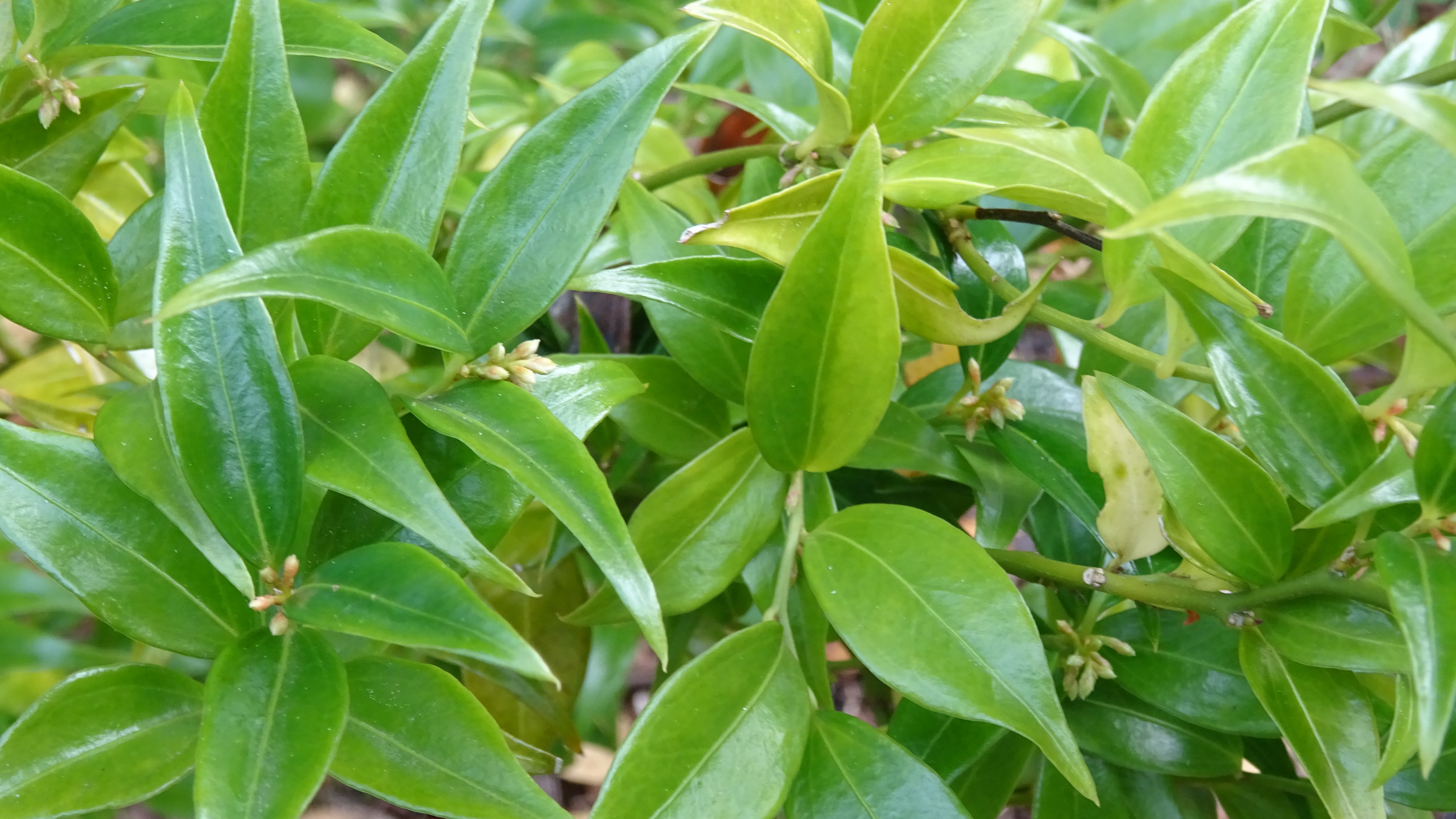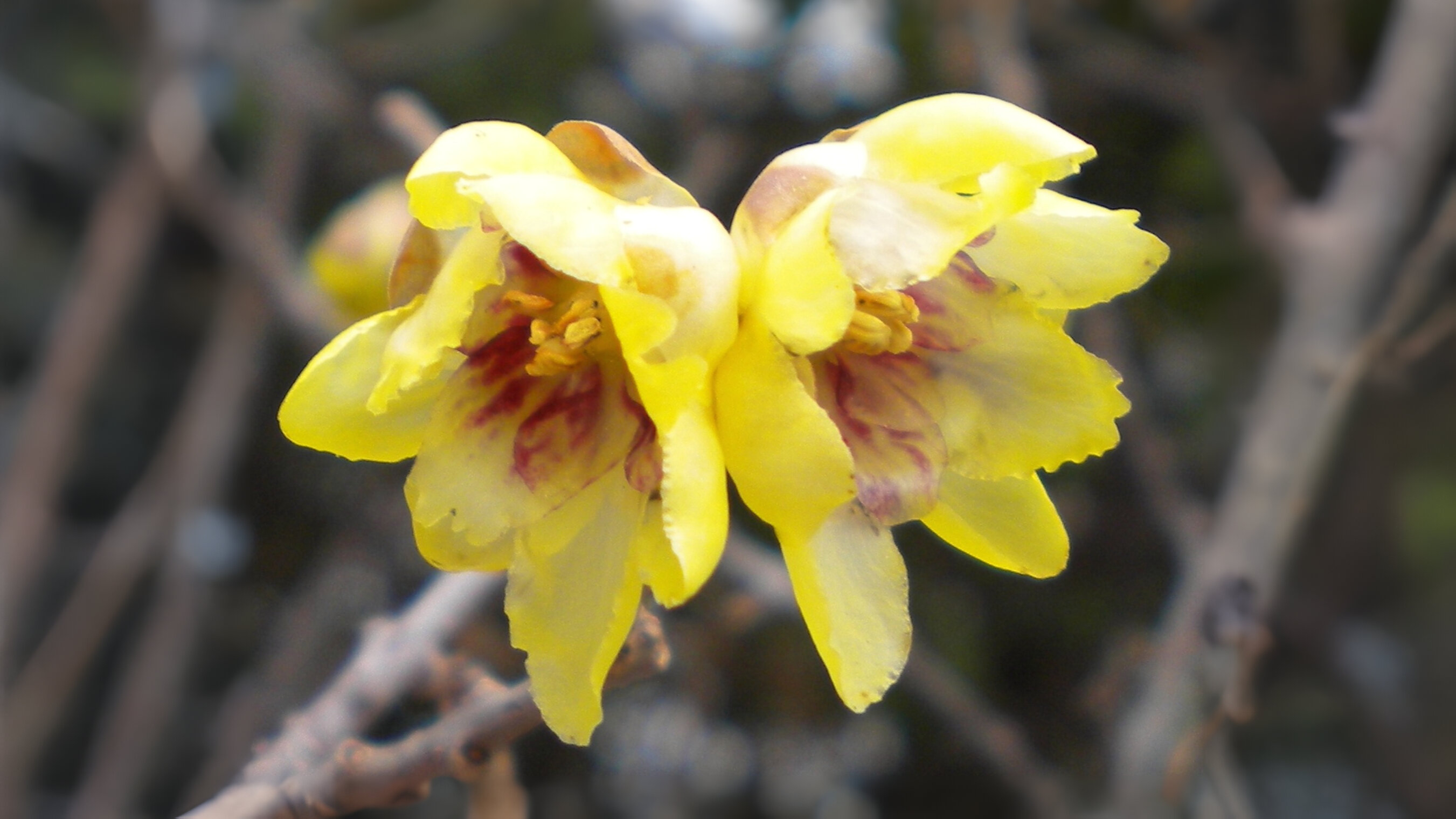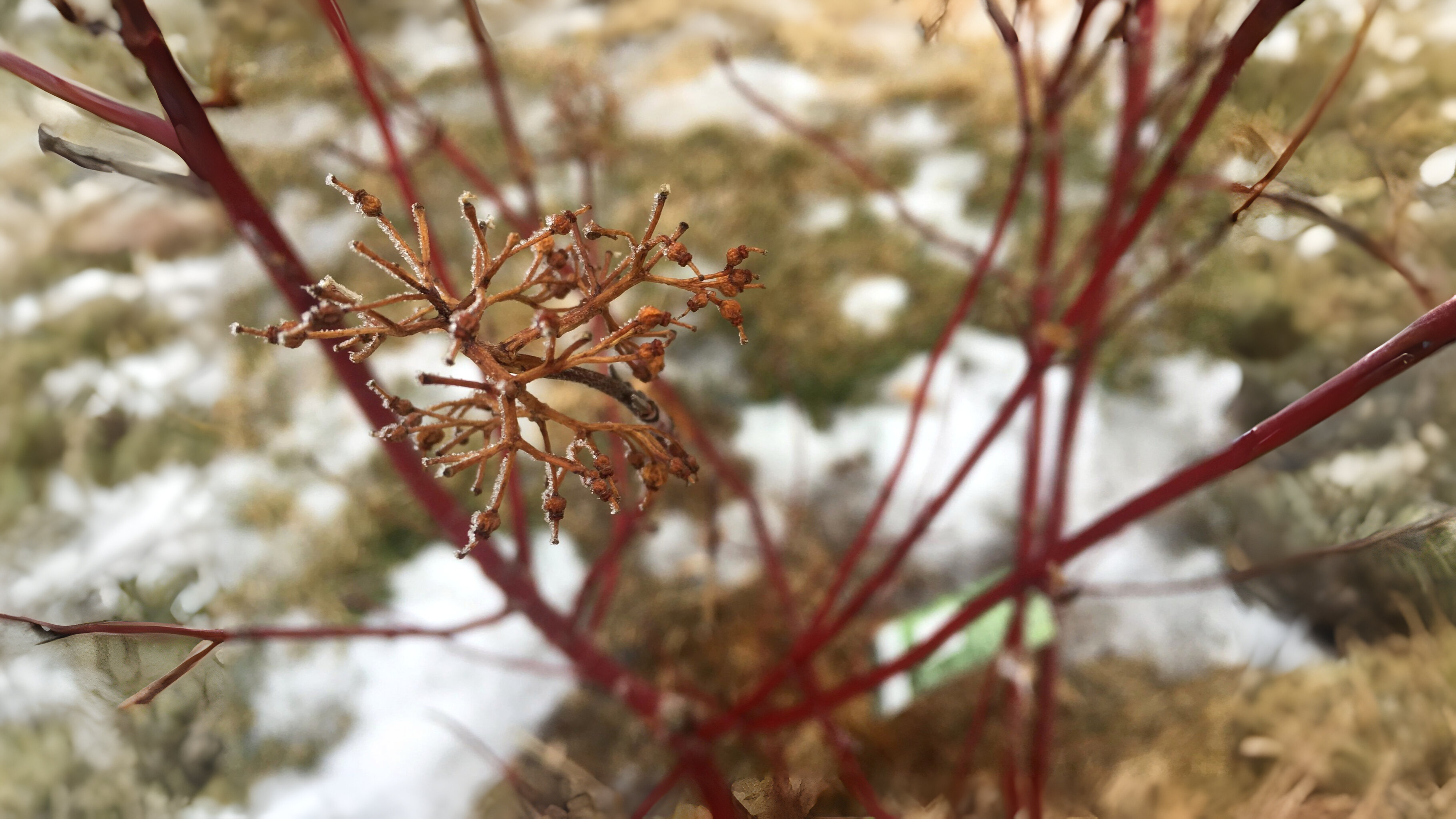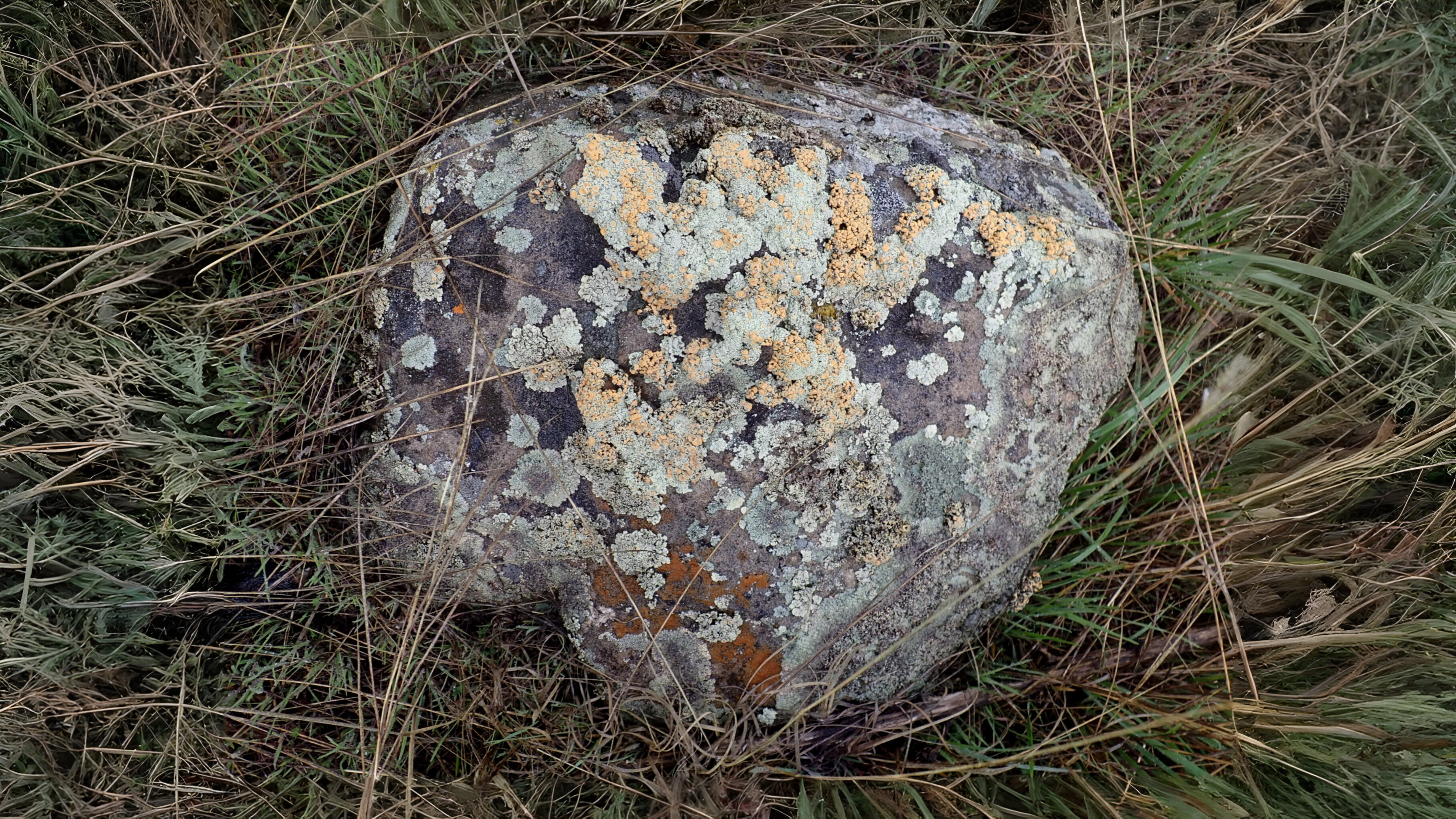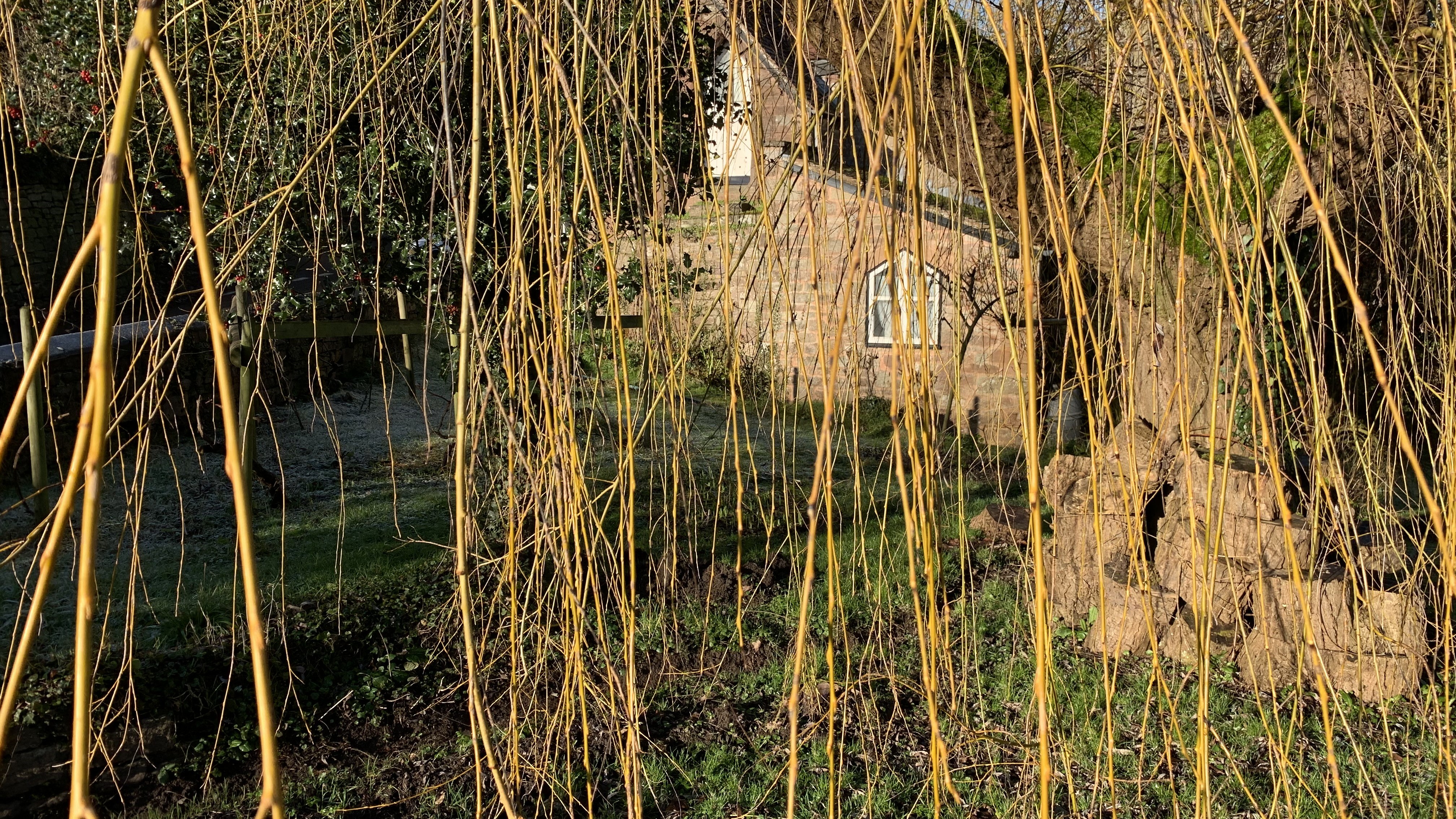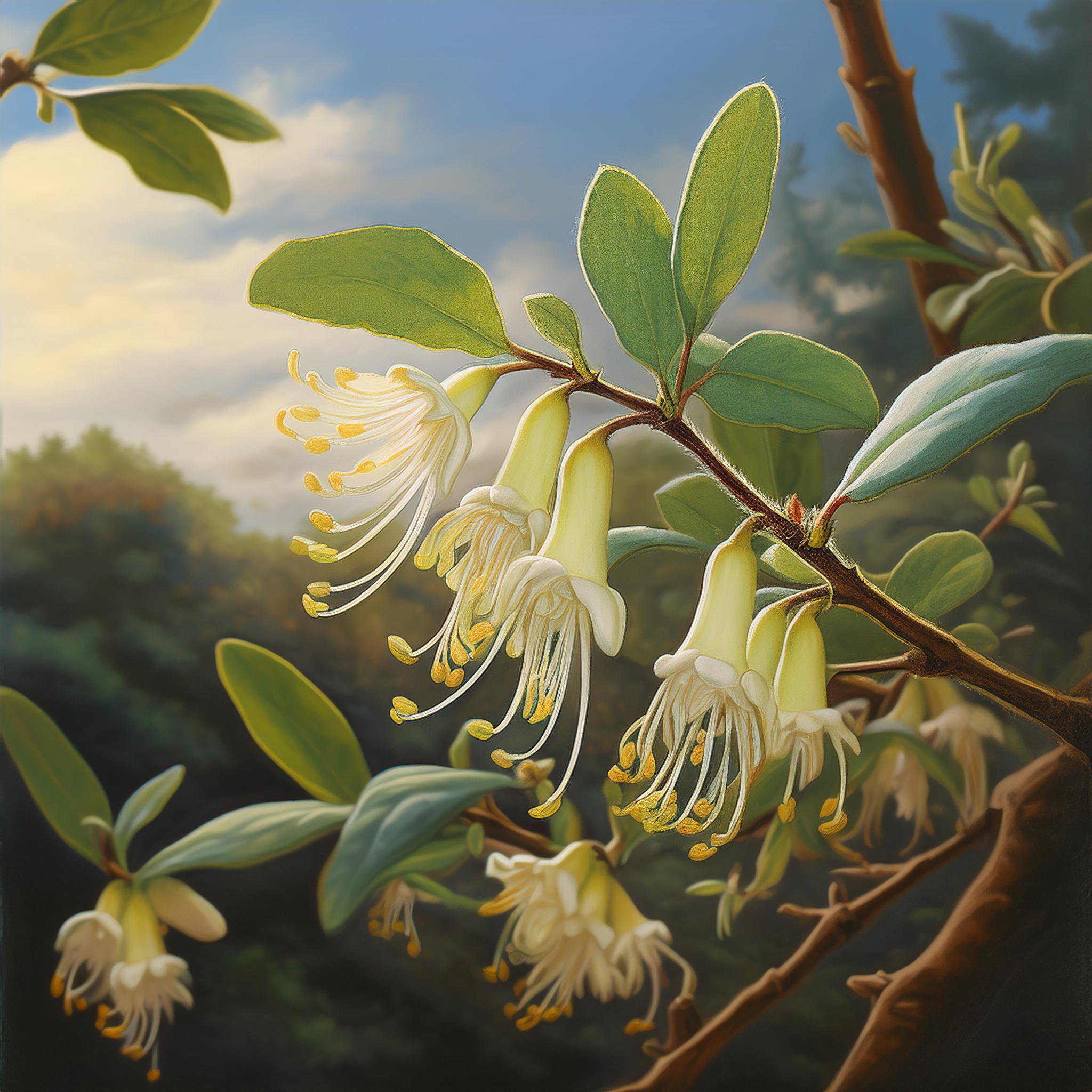
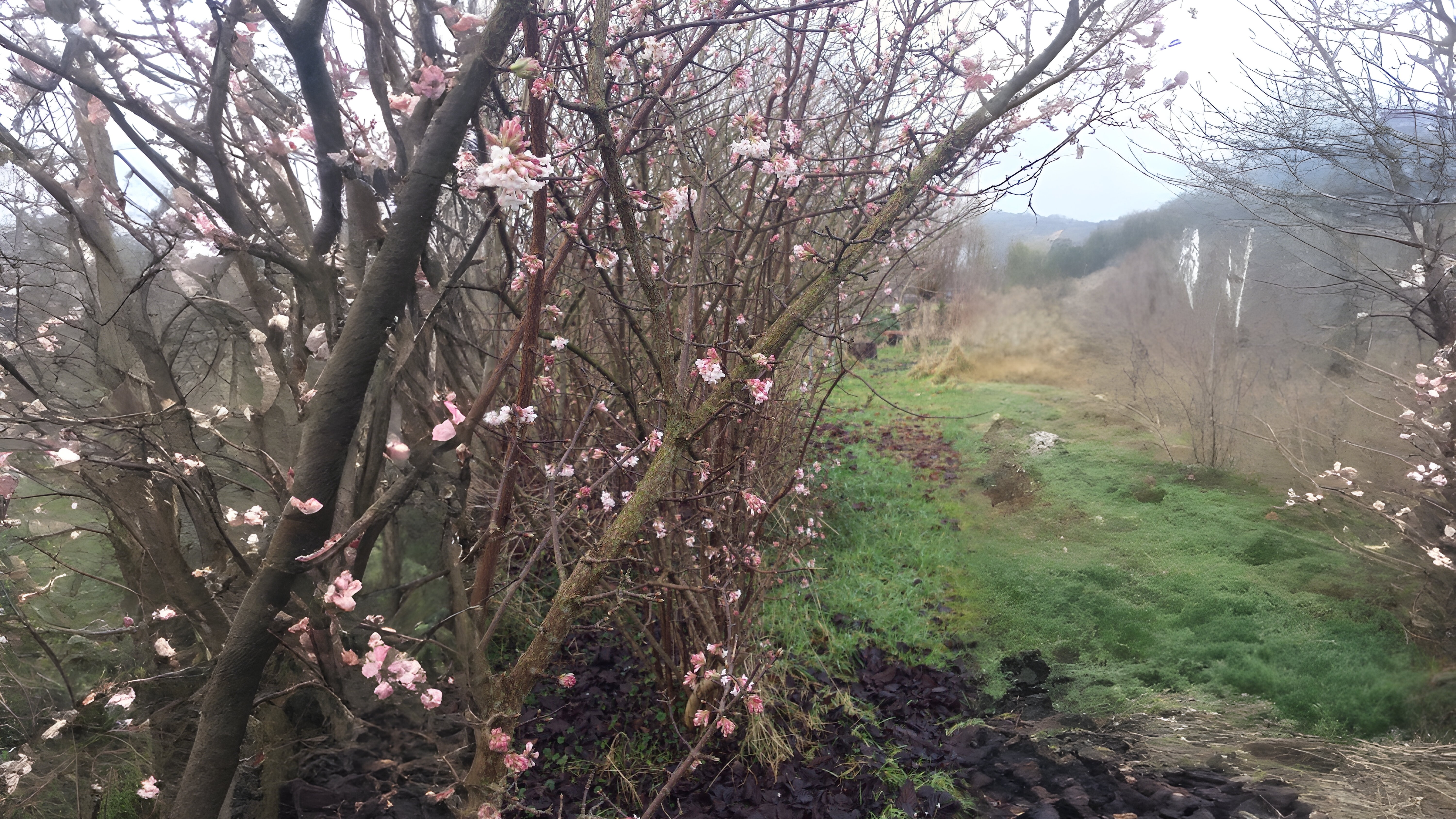

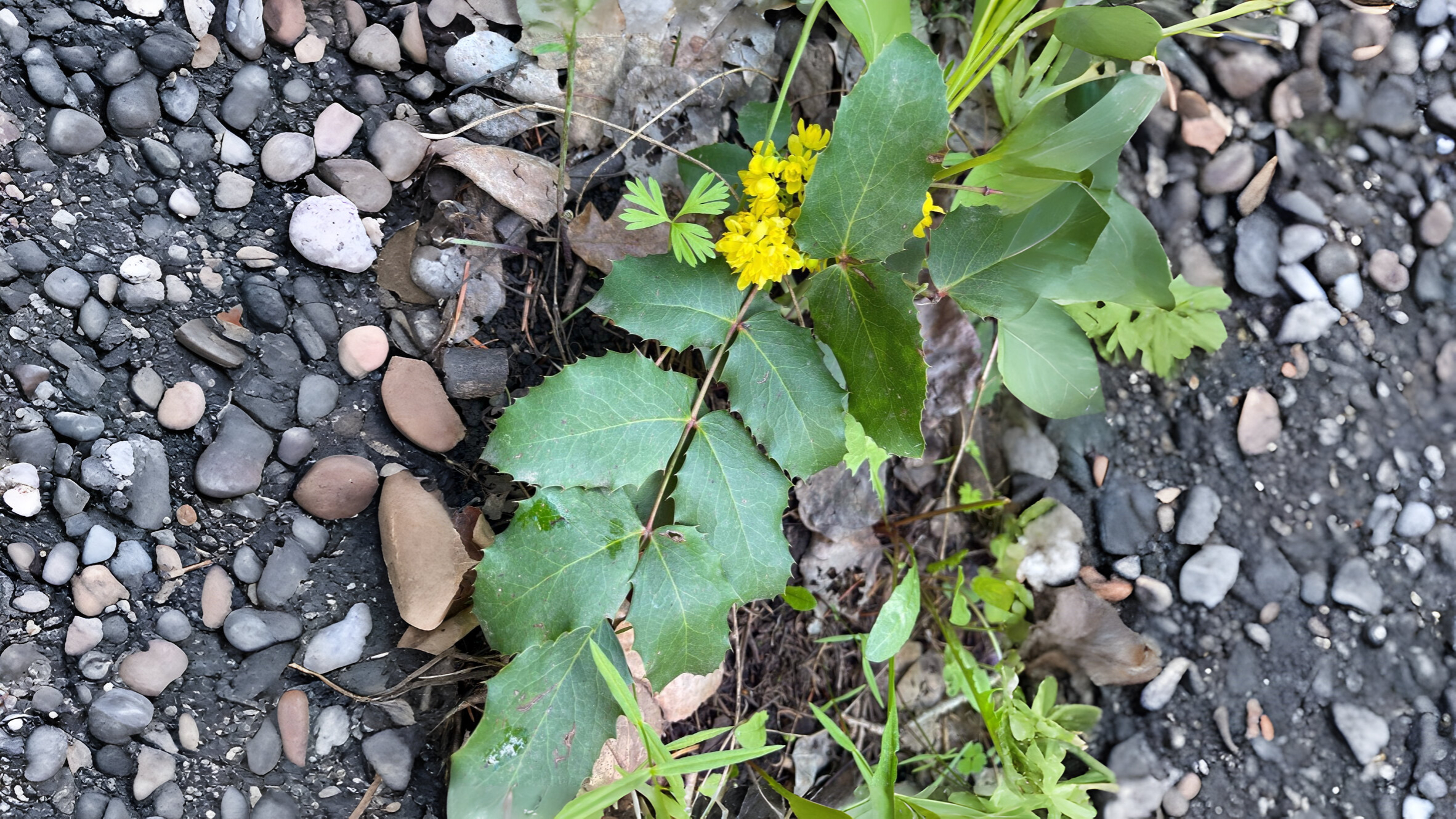

Winter heliotrope Petasites fragrans is another flower associated with January. It is generally regarded as an invasive, troublesome weed producing small, pale lilac flowers sometimes in January, but in other years as late as March. These flowers emit a strong scent of marzipan. Victorians used it as a pot plant to scent their rooms much as we use hyacinths today. It was also planted around beehives to ensure a good winter nectar source for the bees.
